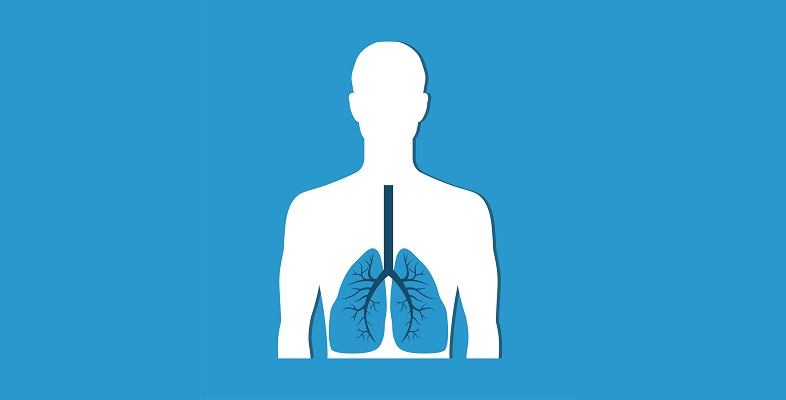1.4 Non-respiratory functions
The respiratory system also performs important non-respiratory functions, for example:
- Vocalisation including speech and singing. The two bands of elastic tissue that lie across the opening of the larynx, called the vocal cords, can be stretched and positioned into different shapes by the laryngeal muscles. As air is passed over the vocal folds, they vibrate to produce characteristic patterns of sound.
- Detection of smells from airborne chemicals.
- Water loss and heat elimination. Inspired atmospheric air can be humidified and warmed by the respiratory airways; this is essential to prevent the alveolar membranes from drying out, which would significantly reduce diffusion of O2 and CO2.
- Facilitation of blood flow around the body. During inspiration, there is a fall in pressure in the chest cavity, which reduces the resistance of blood vessels. In a similar way, respiratory movements also aid the movement of lymph through the lymphatic system.
- Defence against foreign particulates or airborne infectious diseases via nasal hair and cilia lining the airways, and mechanisms including coughing and sneezing.
